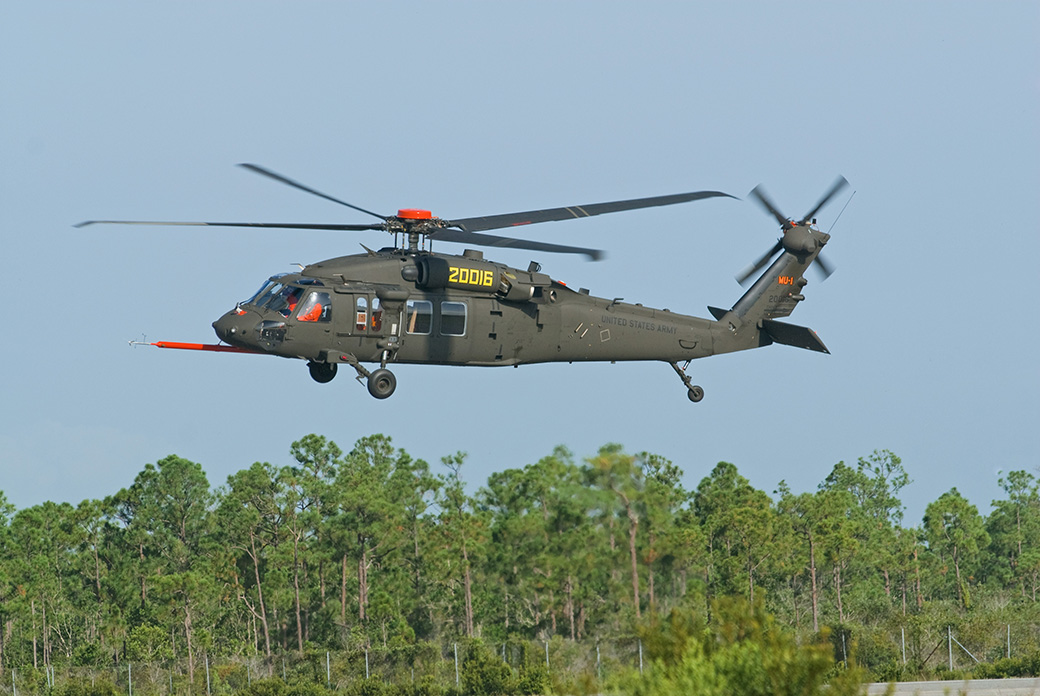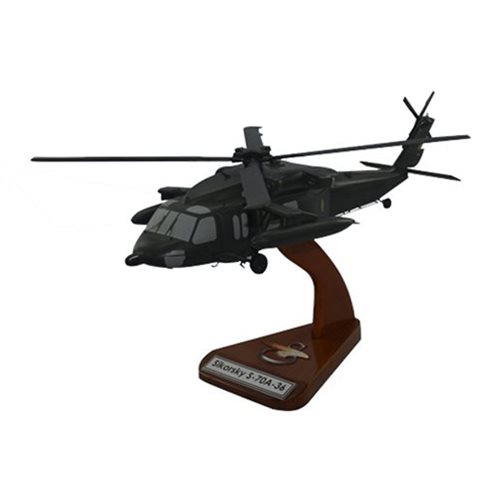The Sikorsky S 70 Helicopter: A Deep Study Its Style and Performance
The Sikorsky S 70 Helicopter: A Deep Study Its Style and Performance
Blog Article
Rotary-Wing Aircraft Offering Superior Sturdiness and Accuracy Engineering
In the world of air travel, rotary-wing aircraft have actually long been acknowledged for their distinct abilities in various functional settings. From armed forces objectives to noncombatant applications, the evolution of rotary-wing modern technology has led the way for devices that provide unrivaled longevity and accuracy design. Through developments in products and construction techniques, combined with innovative trip control systems, these aircraft have actually ended up being vital tools for tasks that demand both robustness and precision. As we explore the elaborate balance between technology and integrity in rotary-wing airplane, it becomes apparent that the merging of advanced modern technology and tried and tested layout principles has set a brand-new requirement for efficiency and effectiveness in the aerospace sector.
Development of Rotary-Wing Technology
Throughout the background of aviation, the advancement of rotary-wing innovation has been a testament to consistent technology and improvement in aeronautical design. From the very early days of upright flight with primary designs to the sophisticated helicopters and other rotary-wing airplane these days, the progress in this field has been impressive.
In the very early 1900s, leaders like Igor Sikorsky and Juan de la Cierva made considerable strides in rotary-wing modern technology. Sikorsky's VS-300 helicopter, very first flown in 1939, noted a turning point in the growth of sensible rotary-wing airplane. This success led the way for further developments in upright flight capabilities.

Today, rotary-wing airplane play vital roles in different fields, consisting of armed forces procedures, emergency situation medical solutions, law enforcement, and business transport. The advancement of rotary-wing modern technology continues to push the boundaries of what is possible in vertical flight, guaranteeing that these aircraft stay crucial properties in the aviation sector.
Products and Building And Construction Innovations
Demonstrating a fusion of sophisticated materials and precise building and construction strategies, rotary-wing aircraft have undergone substantial improvements in sturdiness and efficiency. One of the crucial innovations in products used for rotary-wing aircraft is the increasing use of composite materials. These materials, such as carbon fiber enhanced polymers, use a high strength-to-weight proportion, enhancing both the structural stability and general performance of the airplane. In addition, innovations in manufacturing processes have enabled even more elaborate and accurate construction of rotary-wing parts, adding to improved the rules of aerodynamics and performance.
Moreover, the integration of innovative coverings and surface area therapies has actually played a critical role in boosting the toughness of rotary-wing airplane. These coatings offer security versus deterioration, abrasion, and severe climate condition, expanding the lifespan of the aircraft and decreasing upkeep demands.
In regards to building and construction innovations, additive manufacturing, also referred to as 3D printing, has actually transformed the production of complex elements for rotary-wing aircraft. This technology permits for quick prototyping and personalization, leading to quicker growth cycles and lowered prices. Generally, the continuous advancement of products and building and construction techniques is driving the capabilities and performance of rotary-wing aircraft to brand-new heights.
Accuracy Trip Control Systems

The combination of GPS technology even more enhances the precision and integrity of these systems, permitting for specific navigation, click here now waypoint tracking, and automated flight control. sikorsky s 70. This level of precision not just boosts the safety and security of rotary-wing procedures however additionally enhances overall functional effectiveness and objective effectiveness
Additionally, the continuous innovations in expert system and maker learning have promoted the growth of independent flight capabilities within Precision Flight Control Solution. This allows rotary-wing aircraft to execute complicated missions with unequaled precision and consistency, making them important possessions in a vast array of applications, including armed forces procedures, search and rescue objectives, and aerial photography.
Longevity in Challenging Atmospheres
Popular functional settings, rotary-wing airplane show remarkable strength and robustness, making sure optimal performance under difficult ecological problems. These airplanes are created to stand up to a variety of ecological factors, including severe temperatures, high winds, and harsh surface, making them well-suited for numerous goals in diverse landscapes.
One crucial element adding to the sturdiness of rotary-wing aircraft is their rugged building and construction. These aircraft are developed utilizing high-quality products and advanced engineering techniques to enhance their structural integrity and reliability. Additionally, components such as rotor blades, engine systems, and landing equipment are meticulously designed to withstand the stress and anxieties experienced throughout operations in challenging settings.
Furthermore, rotary-wing airplane are furnished with sophisticated onboard systems that keep track of efficiency metrics in real-time, enabling proactive upkeep and very early detection of potential issues - sikorsky s 70. This proactive approach helps prevent unanticipated failings and makes sure the continued airworthiness of the aircraft in requiring functional setups. On the whole, the longevity of rotary-wing aircraft in difficult environments is a testimony to their exceptional design and layout, making them vital properties for various mission-critical procedures
Upkeep and Integrity Criteria
The adherence to rigid maintenance and reliability requirements is vital in ensuring the ideal performance and safety of rotary-wing airplane. Normal upkeep checks, carried out by qualified specialists, are vital read review to identify and attend to any kind of potential issues prior to they endanger the aircraft's capability. These checks include a thorough exam of all crucial components, consisting of the engine, rotor system, avionics, and hydraulic systems, to ensure that they are in prime functioning problem.
Additionally, adherence to scheduled maintenance intervals according to maker standards is essential for upholding the airplane's dependability. This proactive approach aids protect against unforeseen malfunctions and makes certain that the aircraft continues to be airworthy for its intended objectives. In addition, the implementation of durable integrity standards, such as routine element screening and substitute based on fixed lifecycles, further enhances the airplane's dependability.
Final Thought

Finally, the developments in rotary-wing airplane technology have actually caused remarkable durability and precision engineering. With ingenious materials and building and construction methods, together with accuracy trip control systems, these aircraft can operate in tough environments with increased reliability. The upkeep and reliability standards ensure that these rotary-wing airplane continue to perform at their ideal, making them crucial properties for different industries.
Showing a combination of advanced products and exact construction strategies, rotary-wing aircraft have actually undertaken significant innovations in longevity and performance. One of the key developments in products used for rotary-wing aircraft is the top article enhancing utilization of composite products.With precise attention to detail and advanced technical integration, rotary-wing airplane have welcomed Accuracy Flight Control Systems as a foundation of their operational quality. In general, the durability of rotary-wing airplane in challenging environments is a testimony to their exceptional design and design, making them indispensable assets for numerous mission-critical operations.
In final thought, the improvements in rotary-wing aircraft technology have actually led to remarkable longevity and precision engineering.
Report this page